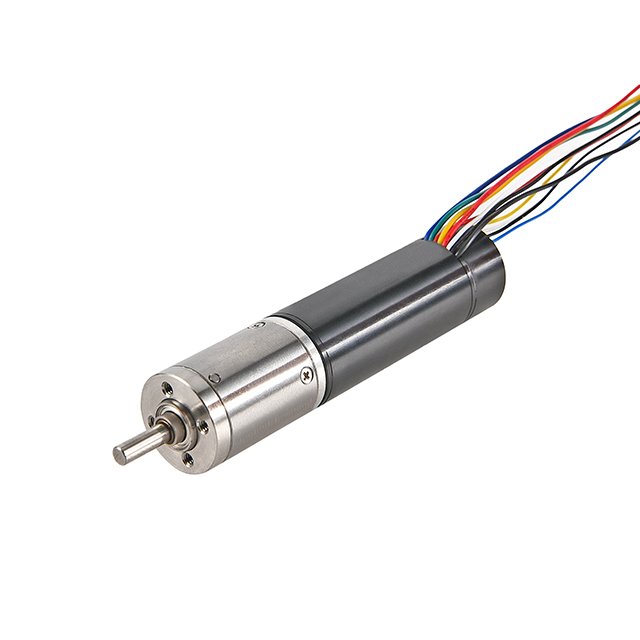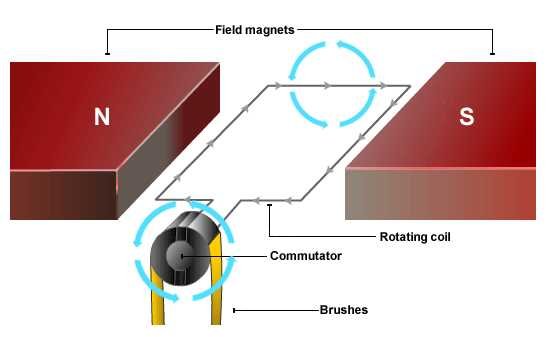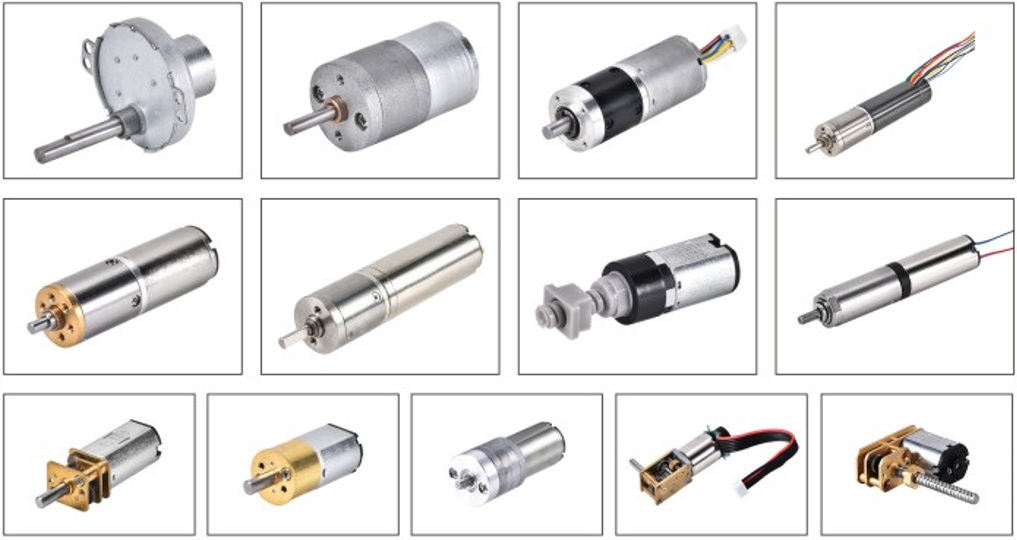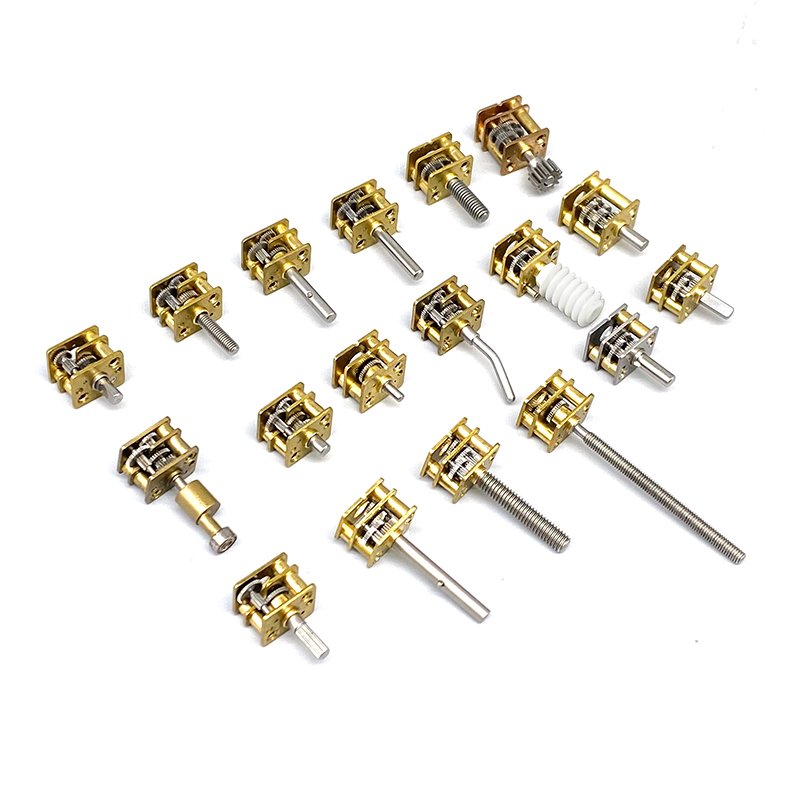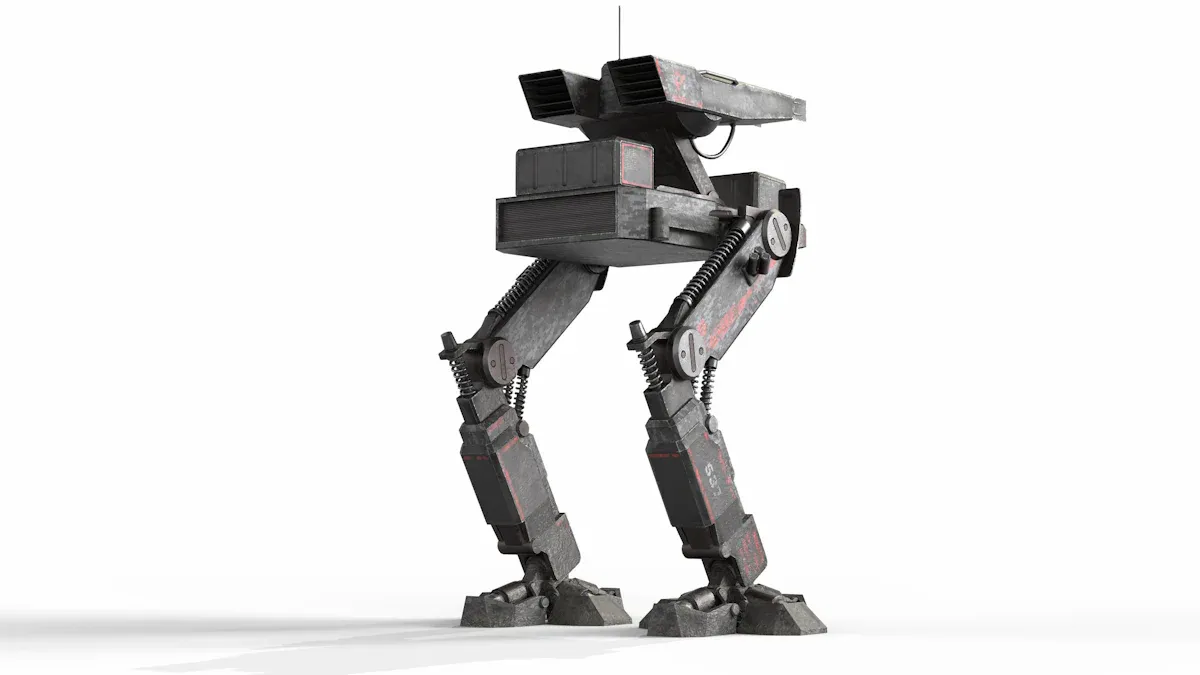While we’ve earned our reputation in the world of miniature gear motors and micro DC motors, we often receive inquiries from customers seeking high-quality voice coil motors. Up until now, voice coil motors were not part of our product lineup. However, our customers have shown immense trust in us, giving us the opportunity to delve into the development of voice coil motors.
Despite our lack of prior experience in this domain, our engineers rose to the challenge, and within just three months, they successfully crafted the voice coil motors our customers had been longing for. The client’s application is a tattoo machine. Now, I’m sure you’re as excited as I am to witness the unveiling of this remarkable innovation.



The basic parameters of our IND-VCM2038

Outline Drawing

What is A VCM motor?
A Voice Coil Motor (VCM), alternatively known as Voice Coil Actuators (VCA), is an electric motor comprising a magnet and yoke combined with a coil. The efficiency of this device can be affected by various factors such as the magnet’s position, the magnet type, the surrounding structure, and more.
The operation of a voice coil motor closely resembles that of a speaker: a coil, when subjected to electric current within a permanent magnetic field, experiences motion. However, in the case of a voice coil motor, the coil is not connected to an amplification component but is linked to other components that require actuation.
The force acting on the coil is referred to as Lorentz force, and its calculation is as follows:
F = k * B * L * I * N
k = Force constant
B = Magnetic flux density (Tesla)
L = Length of the wire (meters)
I = Current (Amperes)
N = Number of conductors
For a given voice coil, all parameters except current are fixed. Consequently, the generated force is directly proportional to the input current. The direction of the force is both perpendicular to the magnetic flux direction and perpendicular to the current direction. Changing the direction of the current will alter the direction of the force.
In practical applications, the force generated by the voice coil drives the load, and the moving components can be either the coil or a magnet (the forces are mutual). Voice coil motors also offer precise force control because the generated force is directly proportional to the applied current.


The Application of The VCM Motor
In motion platforms, voice coil motors are usually used to drive small movements, ranging from 1-5 mm or even smaller strokes. They are favored for their compact size, low motion mass, and high acceleration characteristics. These motors are used in a wide range of applications, including industrial environments, medical endoscopes, ventilators, and camera autofocus systems.
For example, in applications such as small displacement suction, flat voice coil motors are often used in combination with LVDT absolute position sensors to accurately detect shaft of motion position.
In addition, in the smartphone camera, the cylindrical voice coil motor is used to control the lens movement and achieve the autofocus function.
The Advantages of Voice Coil Motors
No commutation required.
Minimum to zero hysteresis.
Smooth operation, no grooves.
Fewer mechanical parts compared to screw driven actuators.
Linear control characteristics.
High power to weight ratio.
High power to volume ratio.
Almost unlimited positioning (limited by encoder).
High acceleration capability.
Voice coil motors are therefore ideal for applications involving small linear displacements. If your design requires this requirement, consider the benefits of using a voice coil motor.
Summary
A voice coil motor (VCMs) or voice coil actuator (VCAs) is a precise motor with commutation-free, minimum hysteresis, and linear control. With fewer mechanical parts and a high power-to-weight and volume ratio, vcm performs well in applications that require precise linear motion. They offer virtually unlimited positioning and rapid acceleration, making them a versatile choice for a variety of industries, including industrial automation, medical devices, and camera autofocus systems, especially when small, precise movements are essential.

FAQ
What is VCM actuator?
One notable application of neodymium magnets is in the operation of magnetic heads inside hard drives. These head drivers are often referred to as voice coil motors (vcm). The VCM consists of a magnetic circuit formed by an iron yoke to which a magnet is firmly attached.

